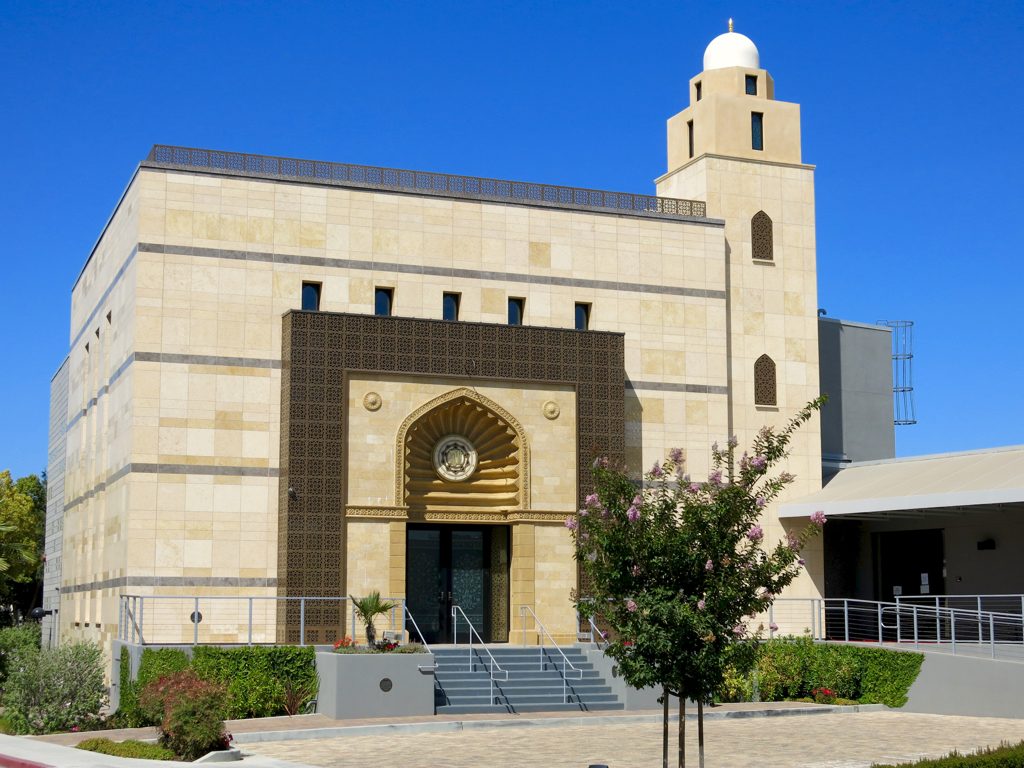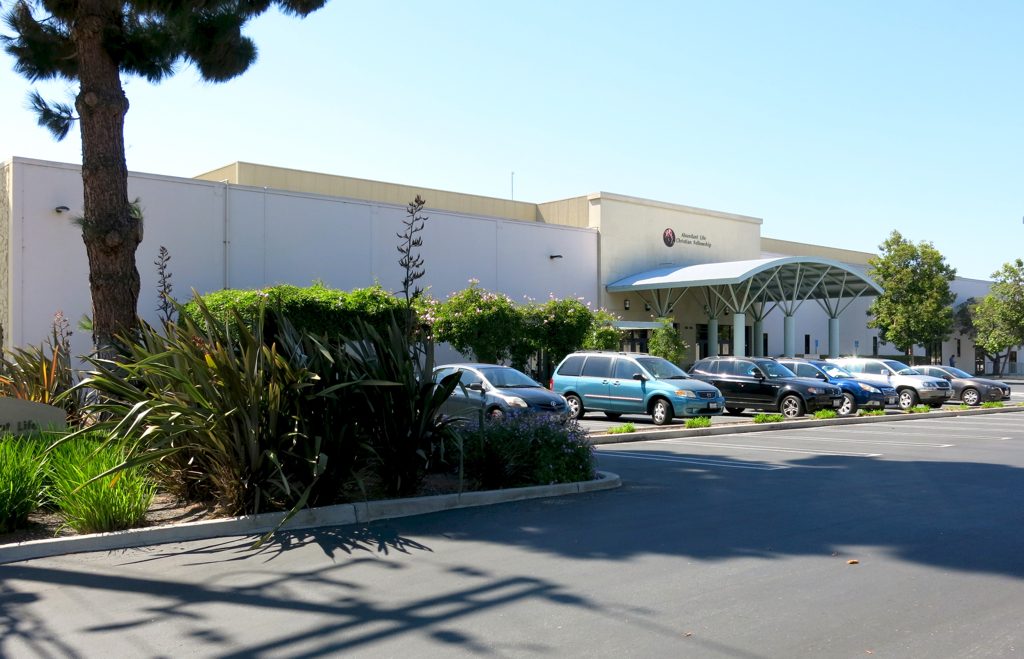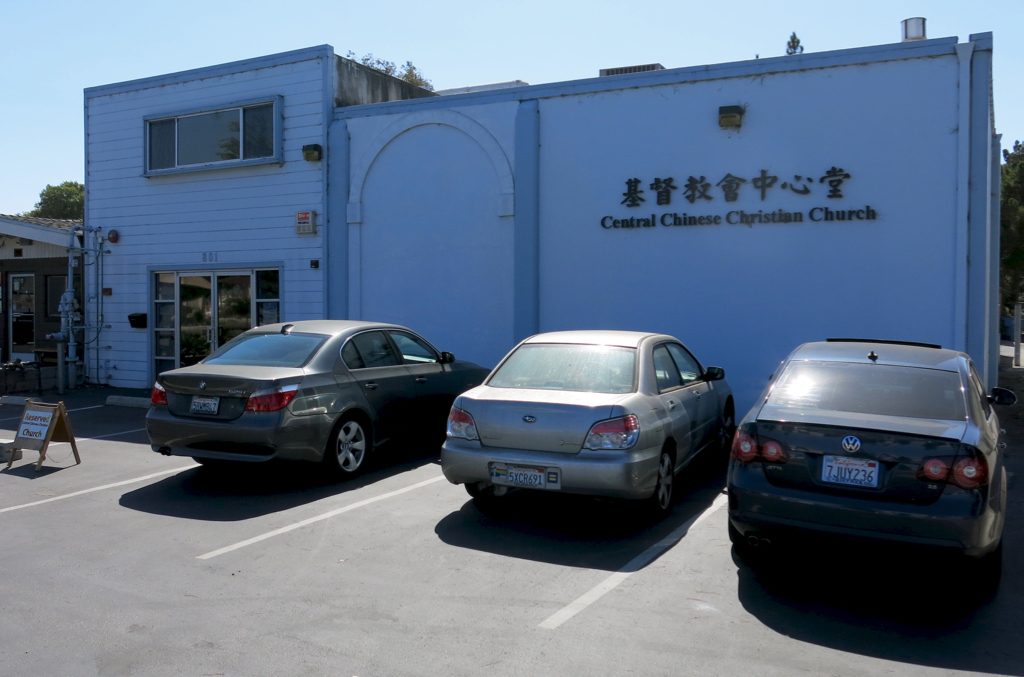From Geez magazine, a Canadian periodical aimed at leftist and progressive Christian young adults:
“Postchristian, in my view, describes someone who is inspired by the life of Jesus — a prophetic challenge to the rich and powerful, sacrificial love of neighbour and enemy, communal ethic that demotes private property, and compassion upon all people (oh wait, that’s the Buddha, but I think they all blend together at some mystical point before language has a chance to separate us) — but sees the Christendom thing — institutional, bureaucratic, patriarchal, capitalistic, and with professional clergy approved by degree-granting institutions with huge foundations from the most problematic corporations in our midst — as straying from the path.”
I can quibble with some aspects of this definition. Most importantly, for me Christendom has little to do with the minor bureaucracies of individual denominations, and a whole lot to do with how religion has been co-opted and used by corporations and nations to oppress and dominate others. And I feel my definition of Christendom is important because corporations are now increasingly turning to the co-optation of Buddhism to control their workers through mindfulness training meant to anesthetize and pacify and turn human beings into meat robots; a process which provides an additional benefit in marketing, because right now Buddhism is seen as hip and cool and helps to market products and strengthen consumer capitalism.
But aside from a few minor quibbles,— yeah. Challenging the rich and powerful. Sacrificial love and communal ethic (which are actually more challenges to the rich and powerful). I can work with that.



